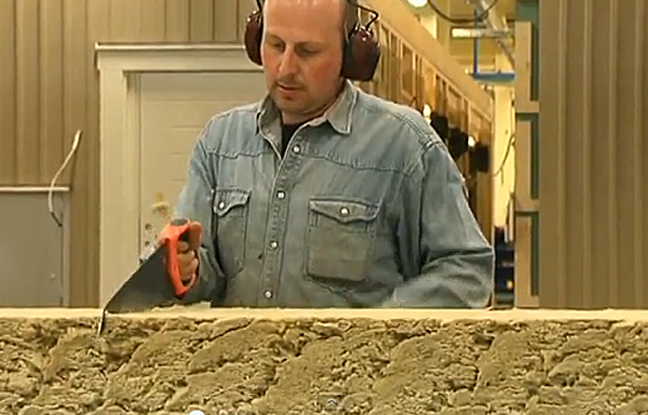By Eli Hadzhieva,
Guest Contributor
A report released by Market Research Reports (MRR) has concluded that “the fact that slivers of mineral wool when inhaled can cause lung disease affects the demand for the overall mineral wool market”. The report also focused on the need for precautions to be taken when installing the material.
The MRR report follows increasing concerns over the past year about the health impact of mineral wool, also known as Man-made Vitreous Fibres (MMVF) or by the most well-known of its brand names, Rockwool. The material is used for insulation purposes and is a large extent a replacement for asbestos after that substance became banned. There is mounting evidence that the health risks associated with mineral wool are comparable with those of its predecessor asbestos. According to MMR, those concerns are now impacting demand for mineral wool.
The medical situation has also been summarised by Dr. Marjolein Drent, professor of Interstitial Lung Diseases at the Department of Pharmacology and Toxicology at Maastricht University, in the Netherlands. She explains: “The effects of the fibres of glass wool and stone wool can be compared to those of asbestos. In the past we did not know asbestos was very dangerous. The results of the effects of fibres in glass wool and mineral wool are only being seen right now, so we must deal with it carefully. The point is that these substances are harmful, but people do not realise it sufficiently, and that is something we have to worry about. It is too easily accepted that ‘we have a replacement for asbestos’. But the replacement may not be as good as we thought it was at the beginning, there is insufficient attention given to this fact.”
Mineral wool was originally classified by the World Health Organisation (WHO) and the International Agency on the Research on Cancer (IARC) as carcinogenic and hazardous to humans. The mineral wool industry then altered the composition of their product, which then underwent further tests. In 2002 mineral wool was declassified as a carcinogen. However, it has now emerged that the product as tested was different from that which is commercially available, because an important ‘binder’ had been removed. There are calls for the European Chemicals Agency (ECA), based in Helsinki, to carry out retesting on the product as sold.
There is support within the construction industry for the product to be re-tested as sold. A UK-based construction company owner who did not wish to be named said: “Re-testing seems essential. Otherwise, are we storing up a huge medical problem for our workers? Will they blame their employers for not protecting them? I cannot help but worry that we are exposing employees to something that will eventually be banned like asbestos. At the very least we should be seeing compulsory protective gear and labelling about the risks.”
The MMR report suggests that those fears are spreading and impacting the demand for mineral wool.
The Author, Eli Hadzhieva, is a Guest Contributor to EU Political Report




